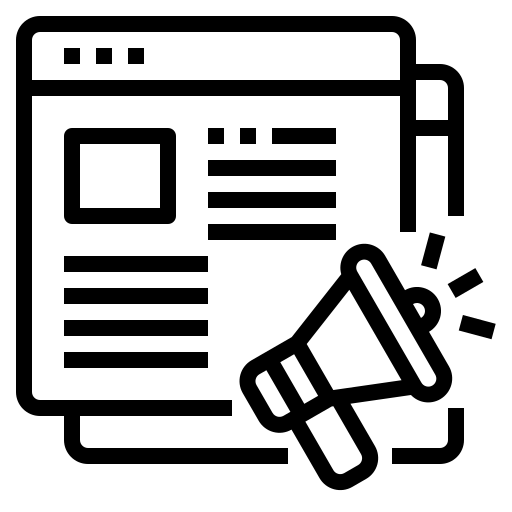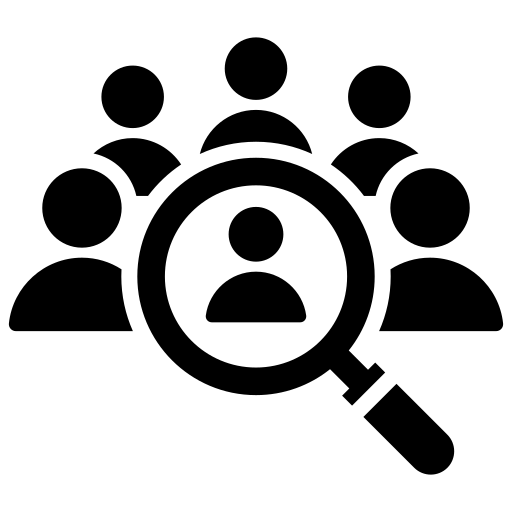Article contents
Magwitch in Charles Dickens’ Great Expectations: A Man-Made Monster and His Way of Salvation
Abstract
This paper intends to investigate the reality of the 19th-century Victorian society regarding crime, punishment as well as how society can make a person a monster. Investigating the reasons for being a monster is a major concern of this research. Moreover, this paper seeks to identify the way of achieving salvation and the causes for choosing a particular path of salvation. Since this research is theoretical in nature, relevant data has been collected from already published works. In Great Expectations, Abel Magwitch is a key character who can be considered a man-made monster because society and its people never treat him as a human being. Rather, he has always been treated as an outcast due to his low birth and criminal past. Besides, he has never got a proper education. As a result, no one has offered him a white-collar job. So, merely for survival, he has indulged in crimes, and he had to commit crimes repeatedly because society already tagged him as a monster who bears no goodness. At the same time, people in society consider him as an outcast, but it is the society and its legal system that made him a monster by doing several injustices against him because of the prejudices toward the lower-class that view them as inherently evil. Besides, Compayson, his partner in crime, scapegoats him for all crimes. Finally, this research focuses on how he finds a way of salvation, a metaphorical one, to save his guilt-stricken soul. He wants to be a creator of a gentleman. So, he chooses Pip to make him a gentleman, and this is to be his way of salvation. Due to the influence of classism and false consciousness, he decides to make Pip a gentleman, only to be accepted by society not as a monster but as a human being. By the end of the novel, he definitely gets salvation and is transformed into a human being from a man-made monster.
Article information
Journal
International Journal of Linguistics, Literature and Translation
Volume (Issue)
5 (5)
Pages
112-119
Published
Copyright
Copyright (c) 2022 Most. Mushfeka Zannat
Open access

This work is licensed under a Creative Commons Attribution 4.0 International License.


 Aims & scope
Aims & scope Call for Papers
Call for Papers Article Processing Charges
Article Processing Charges Publications Ethics
Publications Ethics Google Scholar Citations
Google Scholar Citations Recruitment
Recruitment